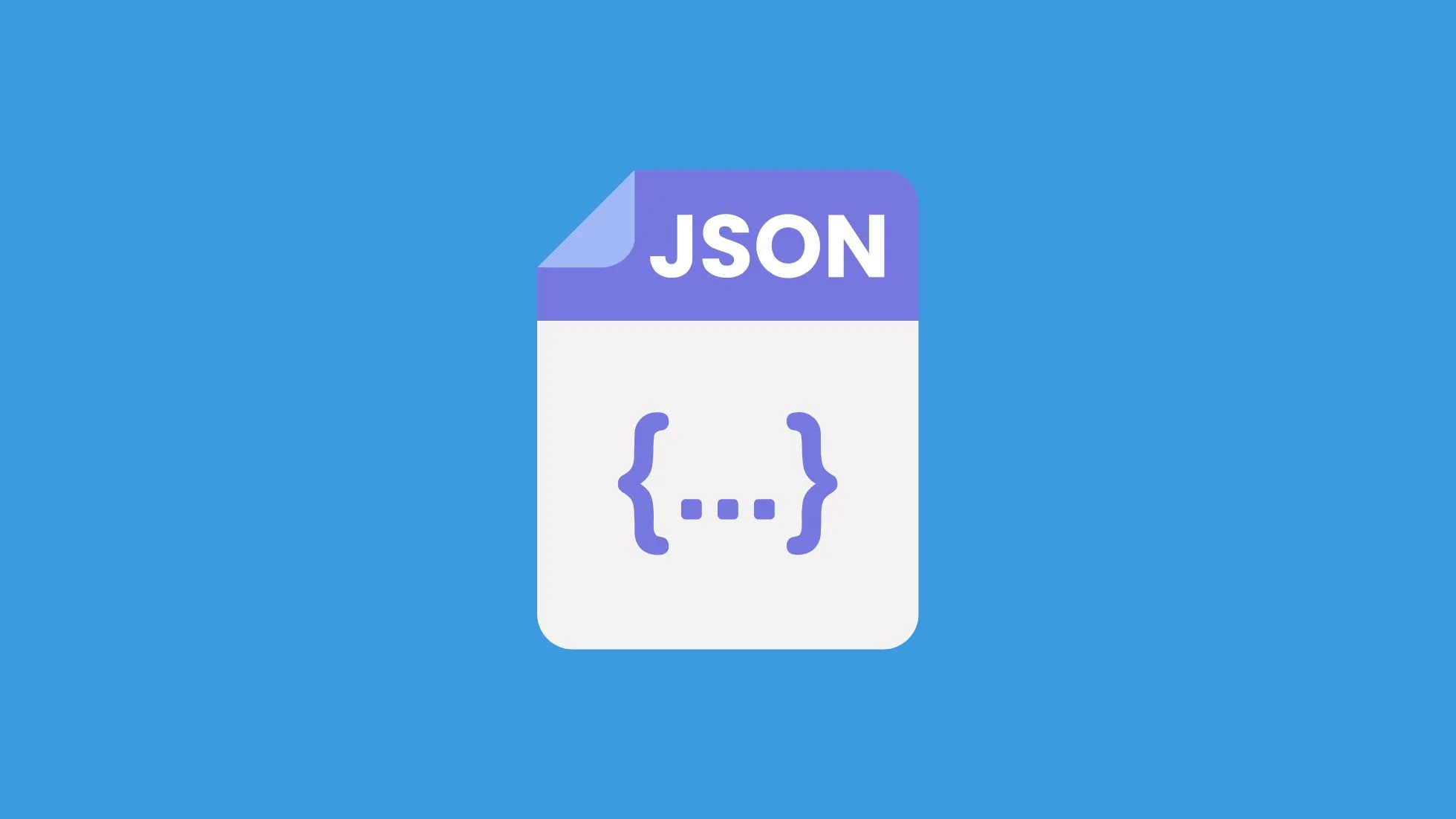JSON (JavaScript Object Notation) is a lightweight data-interchange format that’s easy for humans to read and write. It’s widely used to store and exchange data, and Python has built-in support for reading and writing JSON data.
Here’s how you can work with JSON data in Python.
Saving Data to JSON
To write data to a JSON file, you can use the json module and the dump or dumps methods.
Using json.dump
The json.dump method writes a Python object to a file-like object.
import json
data = {
"name": "Alice",
"age": 30,
"city": "New York"
}
with open('data.json', 'w') as file:
json.dump(data, file)This code will create a file called data.json and write the data to it.
Using json.dumps
The json.dumps method returns a JSON string representation of the Python object. You can write this string to a file.
json_str = json.dumps(data)
with open('data.json', 'w') as file:
file.write(json_str)Reading Data from JSON
You can read JSON data from a file using the json.load or json.loads methods.
Using json.load
The json.load method reads a file-like object containing a JSON document and returns a Python object.
with open('data.json', 'r') as file:
data = json.load(file)
print(data) # Output: {'name': 'Alice', 'age': 30, 'city': 'New York'}Using json.loads
If you have a JSON string, you can convert it to a Python object using the json.loads method.
with open('data.json', 'r') as file:
json_str = file.read()
data = json.loads(json_str)
print(data) # Output: {'name': 'Alice', 'age': 30, 'city': 'New York'}Summary
The json module in Python makes it easy to read and write JSON data. You can convert Python objects to JSON and back with just a few lines of code. Whether you’re working with local files or receiving JSON data from a web service, these tools can simplify your development process.
Feel free to experiment with these examples to get a better understanding of how JSON data handling works in Python!




